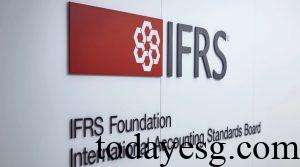
European Securities and Markets Authority Releases Consultation for External Reviewers of Regulation on European Green Bonds
European Securities and Markets Authority releases a consultation for external reviewers of Regulation on European Green Bonds














